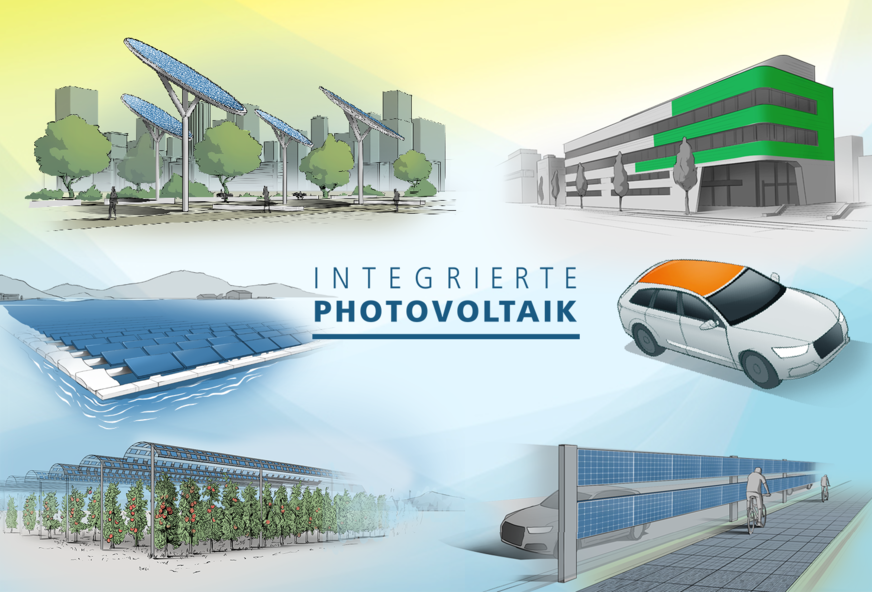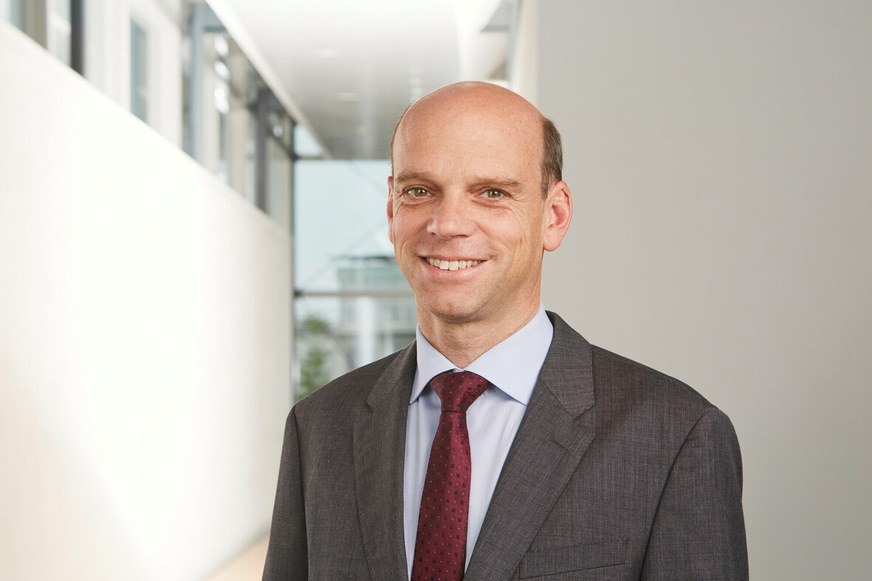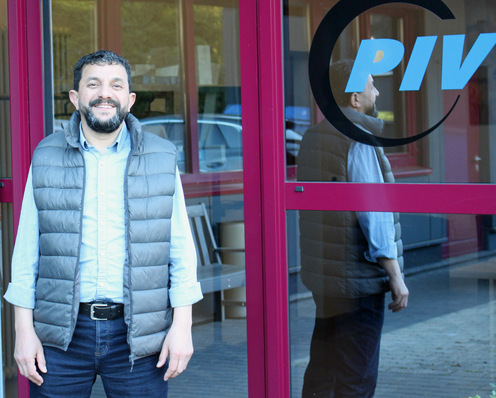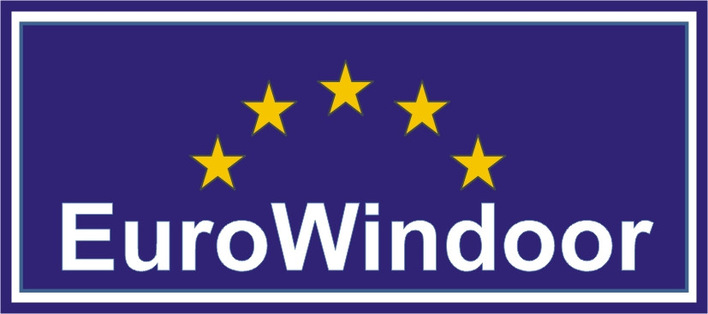Germany and almost all other countries in the world need more green electricity to achieve their climate protection goals. Building envelopes could supply a good part of it. This would be worthwhile for building owners and for the industry involved. Much has happened in the development of building-integrated photovoltaics (BIPV) in recent years. But there is still a long way to go to reach the mass market.
The energy transition being pushed by the German government (as well as governments around the globe) envisages an increase in the share of electricity from renewable energies to 65 per cent by 2030 and to 100 per cent by 2045. A central pillar of the future energy supply will be photovoltaics - the now more cost-effective technology among renewables. In Germany alone, depending on the scenario, 400 to 500 gigawatts of installed photovoltaic capacity are needed to achieve the climate protection goals, the Fraunhofer Institute for Solar Energy Systems ISE determined in the study "Pathways to a Climate-Neutral Energy System" published in February 2020. This is about ten times as much as is currently being built and would correspond to a module area equivalent to around 2,000 to 2,500 square kilometres. Of this, around 200 GW would be installed on buildings. The REMod energy system model developed at the Fraunhofer Institute for Solar Energy Systems ISE was used to simulate and optimise the scenarios, enabling hourly observations for the next 30 years.

Fraunhofer ISE
[Balco: Balconies as a power generator]
There are sufficient areas and utilisation possibilities for solar power plants in this country. "Integrated photovoltaics" is the keyword, i.e. the area-neutral embedding of photovoltaics in the environment built and changed by man. This will become increasingly important in the future. On roofs, for example, where about 75 per cent of all solar power plants in Germany are located, there is still plenty of space. But photovoltaics will also make a contribution on open spaces. In addition, there is the use on vehicles and traffic routes, on open-cast mines, gravel pits or quarry lakes and over agricultural land, as well as integration in sealed surfaces of cities and municipalities, for example over car parks and public squares. Areas that can continue to be used for their original purpose, but at the same time generate electricity and, if necessary, provide additional benefits, e.g. shade. This dual use increases land and, in many cases, resource efficiency.
Substantial solar potential of building envelopes
The integration of photovoltaics into roofs and building facades is particularly interesting. The potential is huge: in Germany alone, the Leibniz Institute for Ecological and Regional Development and Fraunhofer ISE estimate a technical potential in the form of usable PV module area on buildings amounting to 2,800 km² (560 GW) of roof surfaces and 2,200 km² (460 GW) of facade surfaces. The corresponding potential annual electricity yield from these PV systems amounts to 456 TWh/a in roofs and 215 TWh/a in facades, i.e. 671 TWh/a in total. The solar activation of otherwise fallow roof and facade areas is therefore not only a sensible double use of existing areas, but also an ideal solution.

Fraunhofer ISE
Assuming a space requirement of five square metres per installed kilowatt of output, an output of around 200 gigawatts installed on buildings means a module area of 2000 square kilometres. Since most modules have a glass cover for integration into the building envelope, the German and European glass industry could add a lot of value here, either by supplying glass or entering BIPV production. Individual BIPV modules that are industrially produced offer a great opportunity for European companies. The reason: building-integrated modules manufactured according to customer-specific wishes enable sustainable value creation, as products with uniform size and standardised design cannot be used by architects in many cases. Due to the close integration with the building process and the individual production according to customer wishes, there is no danger of production migrating to distant production sites in this market. The market beckons and is worth billions.
Solar building envelopes are cost-effective
BIPV has many advantages for building owners: Modules in the facade or roof not only offer solar electricity generation, but can also fulfil classic functions such as sound insulation, thermal insulation and wind and weather protection. In addition, shading is reduced for systems in the transparent part of the building envelope. The legislator is also providing tailwind for the solar use of the building envelope: the requirements for the reduction of CO2 emissions from the building sector are continuously being tightened and the obligation to install PV systems in new buildings is already effective in some places and is currently being discussed at the federal level. Against this background, BIPV will be increasingly used by architects and planners in the future, thus promoting the large-scale use of photovoltaics with high user acceptance.
Vertically installed modules make particularly good use of the low sun in winter. Depending on the orientation, they do not deliver peak values in summer like most rooftop systems, but in winter. This reduces feed-in peaks in summer. Particularly in combination with rooftop systems, this enables a high proportion of self-consumption, especially for non-residential buildings, which increases economic efficiency and grid efficiency. Even snowfall does not pose a yield risk for vertical BIPV. Last but not least, aesthetic reasons speak in favour of building-integrated photovoltaics: the modules enable partially transparent glass surfaces, opaque surfaces in different colours or show the structure of crystalline solar cells. Some manufacturers already issue performance guarantees for 30 years for crystalline silicon modules.

Guido Kirsch / Fraunhofer ISE
BIPV is more expensive than other building envelopes; however, if the building envelope is renovated or newly constructed anyway, the additional costs are significantly reduced. It is now possible to amortise the additional costs within around ten years. In short: BIPV saves material, energy and costs and makes double use of space.
Market for building-integrated photovoltaics will grow
It is astonishing that BIPV has not yet become more widespread despite all these advantages. The market share of building-integrated solar modules is still small. Only a few building owners take advantage of the technology's many possibilities. In recent years, however, interest has grown noticeably. Experts expect BIPV use to pick up. A market study commissioned by Fraunhofer ISE in 2019 predicted market growth of 20 per cent by 2023.
[AGC Glass Europe to support the restart of Soltech]
A cost analysis shows that additional costs of 131 euros per square metre are permissible for profitable BIPV facade systems. From this, it can be deduced that an average price of 150 euros/m² leads to economically viable BIPV facade modules (excluding the mounting system, cables and inverters). Such price levels should be possible with automated production lines for customised BIPV modules, which have great potential for local value creation.
However, for a true mass market to emerge, several framework conditions need to change. Currently, there are still considerable knowledge and information deficits both among many actors in the planning and construction process and among building owners. In addition, inefficient planning processes, insufficient legal regulations and very limited product offerings are major obstacles. This increases the costs. Acceptance of solar facades in building culture is also an important prerequisite for this necessary expansion of photovoltaics. Therefore, functionally and aesthetically optimised products are needed.















